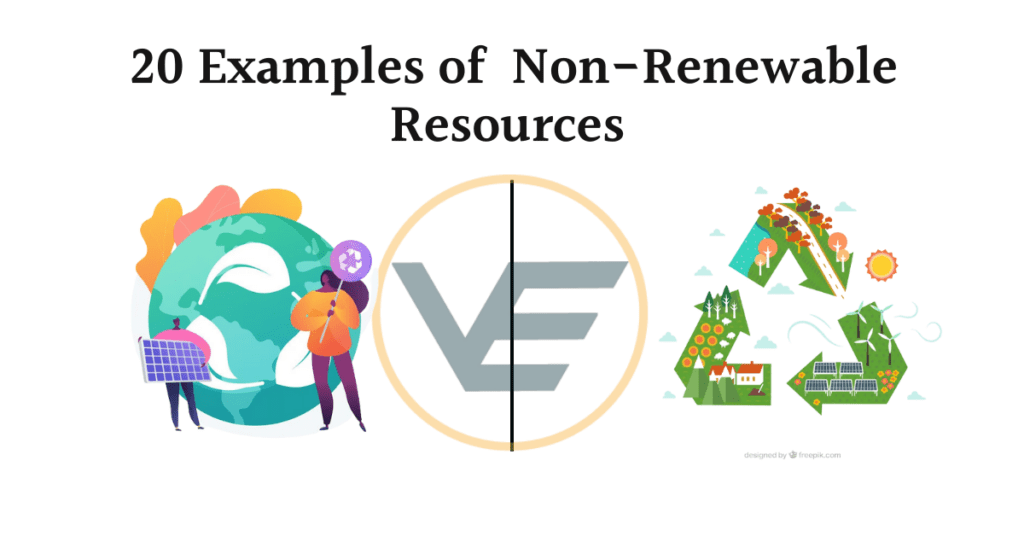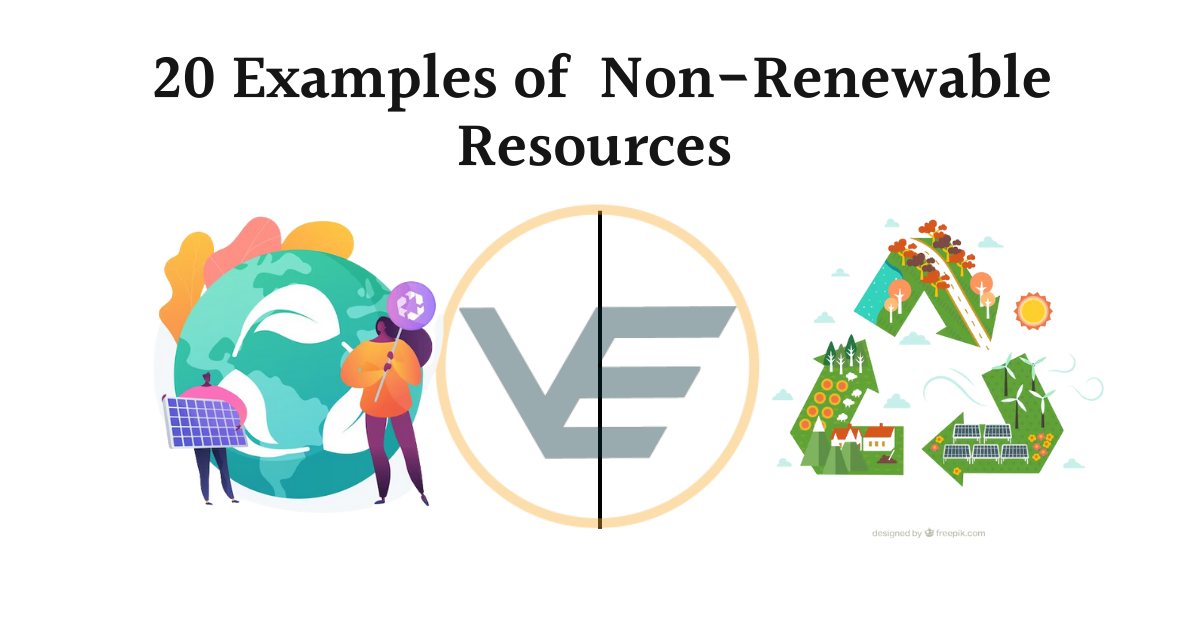Non-renewable resources are natural resources that exist in limited quantities and cannot be replenished or regenerated within a human lifetime or on a timescale that is practically relevant. These resources have formed over millions of years through geological processes, and their rate of consumption far exceeds their rate of formation. As a result, once these resources are depleted, they cannot be naturally replaced.
- The primary characteristic of non-renewable resources is their finite nature, meaning there is a limited supply available on Earth.
- The extraction and utilization of non-renewable resources have significant implications for the environment and society.
The Importance of Non-Renewable Resources
Non-renewable resources, despite their finite nature, play a significant role in driving modern civilization and sustaining our way of life. Their importance lies in their diverse applications across various sectors of the economy and the essential services they provide. Here are some key aspects of the importance of non-renewable resources:
1. Energy Production: Non-renewable resources, particularly fossil fuels like coal, crude oil, and natural gas, are the primary sources of energy that power our homes, industries, transportation, and electricity generation. They provide a reliable and consistent energy supply, meeting the high demands of modern societies.
2. Industrial Processes: Many non-renewable resources, such as minerals and metals, are essential raw materials for manufacturing industries. They are used to produce a wide range of products, from steel and aluminum for construction to electronics and consumer goods.
3. Transportation: Fossil fuels, especially petroleum-based products like gasoline and diesel, are crucial for powering vehicles, airplanes, ships, and other means of transportation, enabling global mobility and trade.
4. Infrastructure Development: Non-renewable resources are indispensable in building and maintaining critical infrastructure like roads, bridges, and buildings, which form the backbone of modern urban environments.
5. Medical Applications: Some non-renewable resources are essential for medical purposes, such as rare earth elements used in medical imaging devices and surgical equipment.
6. Petrochemical Industry: Crude oil serves as the foundation of the petrochemical industry, producing plastics, synthetic fibers, and various chemical products used in everyday life.
7. Electricity Generation: Non-renewable resources, particularly coal and natural gas, contribute significantly to electricity generation, ensuring a stable power supply for residential, commercial, and industrial use.
8. Global Economy: The availability and utilization of non-renewable resources contribute to economic growth, employment opportunities, and international trade, influencing the global economy.
9. Research and Development: Some non-renewable resources are critical in research and development, supporting advancements in technology, electronics, and scientific discoveries.

Examples of Non-Renewable Resources
Here are 20 examples of non-renewable resources, considering the guidelines you provided:
1. Crude Oil: A fossil fuel used for energy production, transportation, and petrochemical products.
2. Natural Gas: A hydrocarbon gas used for heating, electricity generation, and industrial processes.
3. Coal: A combustible sedimentary rock used for electricity generation and industrial applications.
4. Uranium: A radioactive mineral used as fuel in nuclear power plants for electricity generation.
5. Tar Sands: A mixture of sand, water, clay, and bitumen used for oil production.
6. Shale Gas: Natural gas trapped within shale rock formations, extracted through hydraulic fracturing.
7. Tar Oil: A byproduct of coal gasification and petroleum refining used in various industrial processes.
8. Petroleum Products: Including gasoline, diesel, jet fuel, and heating oil derived from crude oil.
9. Propane: A liquefied petroleum gas used for heating, cooking, and as a fuel for vehicles.
10. Natural Asphalt: A non-renewable resource used in road construction and waterproofing.
11. Phosphates: Non-renewable minerals used in fertilizer production for agriculture.
12. Bauxite: An ore used for aluminum production.
13. Iron Ore: A mineral used in steel production.
14. Copper: A metal used in electrical wiring, plumbing, and various industrial applications.
15. Gold: A precious metal used in jewelry, electronics, and as a store of value.
16. Silver: A precious metal used in jewelry, photography, and various industrial applications.
17. Zinc: A metal used for galvanization to protect steel from corrosion and in batteries.
18. Rare Earth Elements: Minerals used in various high-tech applications, including electronics and magnets.
19. Natural Aggregates: Non-renewable materials used in construction, such as sand, gravel, and crushed stone.
20. Phosphate Rock: A sedimentary rock used for fertilizer production and in various industrial processes.
These non-renewable resources are finite in nature and cannot be replaced on a human time scale. As they are depleted over time, it becomes essential to explore and develop sustainable alternatives and conservation measures to ensure a balanced and responsible use of natural resources.

